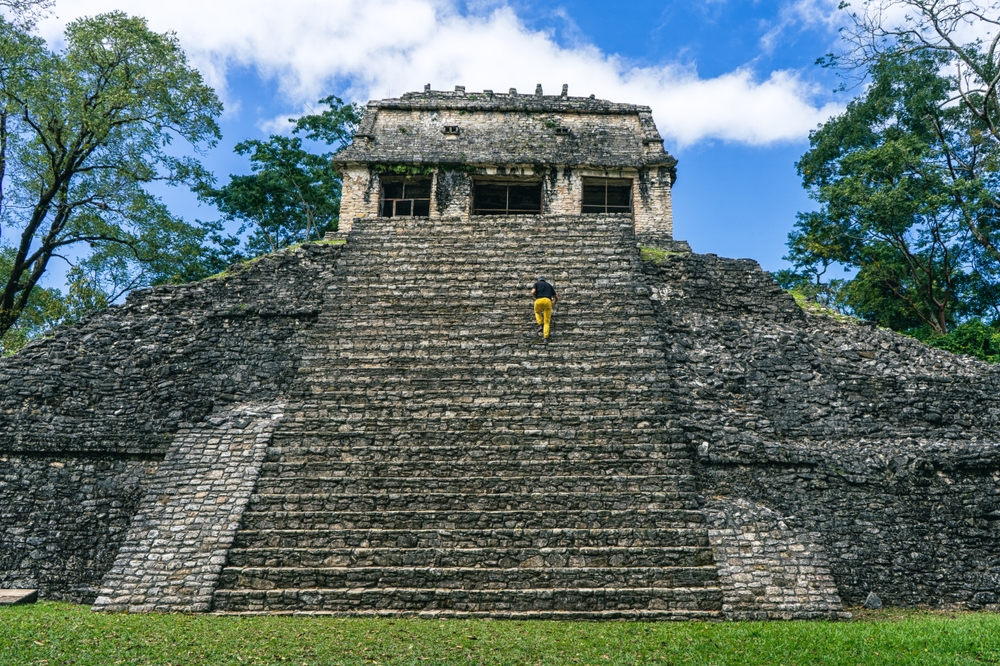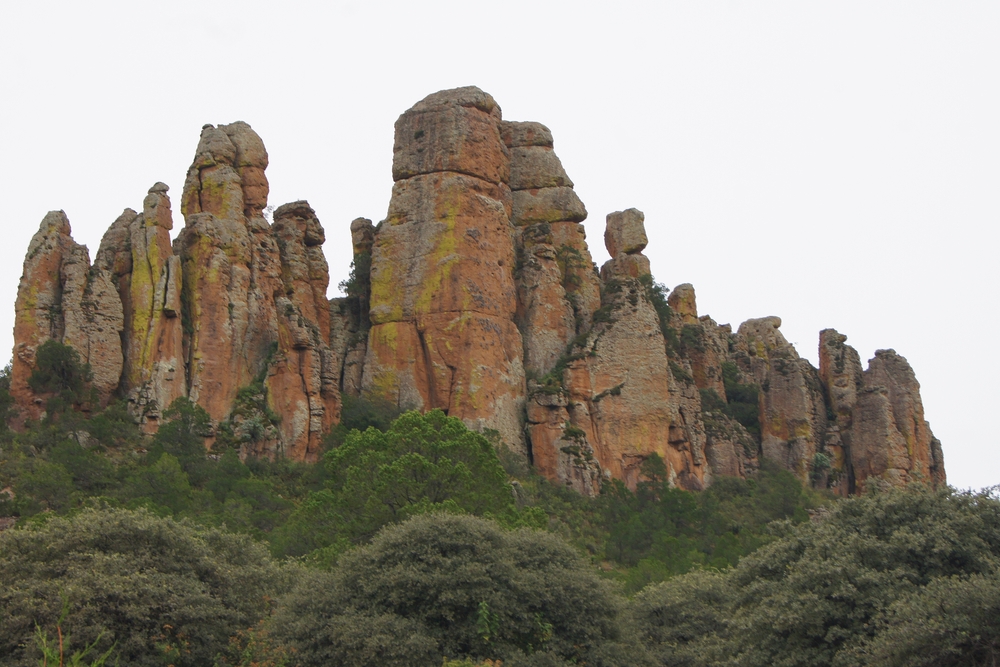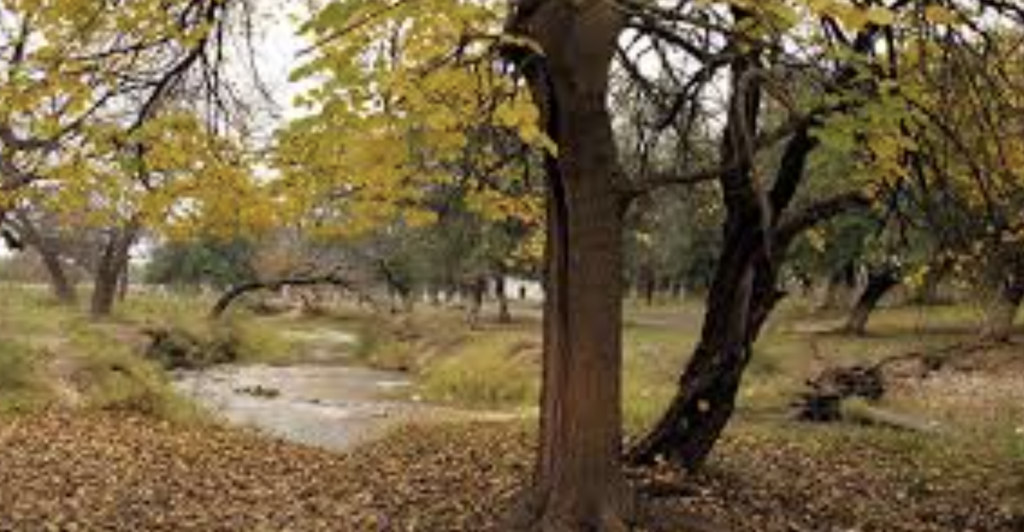Tula Overview
Tula National Park, known locally as Parque Nacional Tula, is a protected area located in the state of Hidalgo, Mexico. Encompassing approximately 0.385 square miles (0.995 square kilometers), the park is situated near the city of Tula de Allende, approximately 90 kilometers northwest of Mexico City.
Established on November 20, 1981, the park was created to preserve the rich cultural heritage of the ancient Toltec civilization and the archaeological site of Tula.
The park’s terrain features gentle undulating hills, with elevations ranging from 2,040 to 2,080 meters above sea level. The landscape is characterized by xerophilous scrubland, including species such as mesquite (Prosopis juliflora), pulque agave (Agave salmiana), Mexican tree yucca (Yucca filifera), and various cacti like the candelabrum cactus (Opuntia imbricata).
These hardy plants are well-adapted to the semi-arid climate of the region. The Tula River meanders around the park’s southern, western, and northern boundaries, contributing to the area’s unique ecosystem.
While Tula National Park is primarily celebrated for its archaeological significance, it also supports a variety of wildlife. Reptilian species such as lizards and chameleons are commonly observed, along with several species of snakes.
Avian life includes diverse bird species that inhabit the region, adding to the park’s ecological diversity. Mammalian fauna, though less prominent, includes small rodents and other native species adapted to the local environment.
A focal point of the park is the Tula archaeological zone, the ancient capital of the Toltec Empire, which flourished between the 9th and 12th centuries CE. Visitors can explore the impressive Pyramid of Quetzalcoatl, also known as Pyramid B, which is adorned with four massive basalt columns carved into the likeness of Toltec warriors, commonly referred to as the Atlantean figures.
These statues stand approximately 4.5 meters tall and are a testament to the Toltecs’ architectural and artistic prowess. The site also includes the Palacio Quemado (Burnt Palace) and other ceremonial structures that offer insight into the Toltec civilization.
Visitors to Tula National Park can engage in various activities, including guided tours of the archaeological site, hiking along the park’s interpretive trails, and bird watching. The park features twelve marked trails totaling about 10 kilometers, with Trail 1 beginning at the park’s entrance and leading to the main archaeological zone.
These trails provide opportunities to appreciate both the natural beauty and historical significance of the area. The on-site museum offers educational exhibits that delve into the history and culture of the Toltecs, enhancing the visitor experience.
Conservation efforts within Tula National Park focus on preserving both its cultural monuments and natural ecosystems. Challenges include managing the impact of tourism on the archaeological structures and protecting native plant species from invasive flora.
Collaborative management by the National Institute of Anthropology and History (INAH) and the Secretariat of Environment and Natural Resources (SEMARNAT) has led to successful restoration projects and the implementation of sustainable tourism practices. These initiatives aim to balance public access with the preservation of the park’s invaluable cultural and natural resources.
Park Map
Tula National Park Highlights
Share your clicks with us
Related National Parks More Mexico

Palenque National Park

Sacromonte National Park

San Lorenzo Marine Archipelago National Park

Sierra de Órganos National Park

Sierra del Lacandón National Park

Sistema Arrecifal Veracruzano National Marine Park

Los Remedios National Park

Los Novillos National Park

Los Mármoles National Park











































































